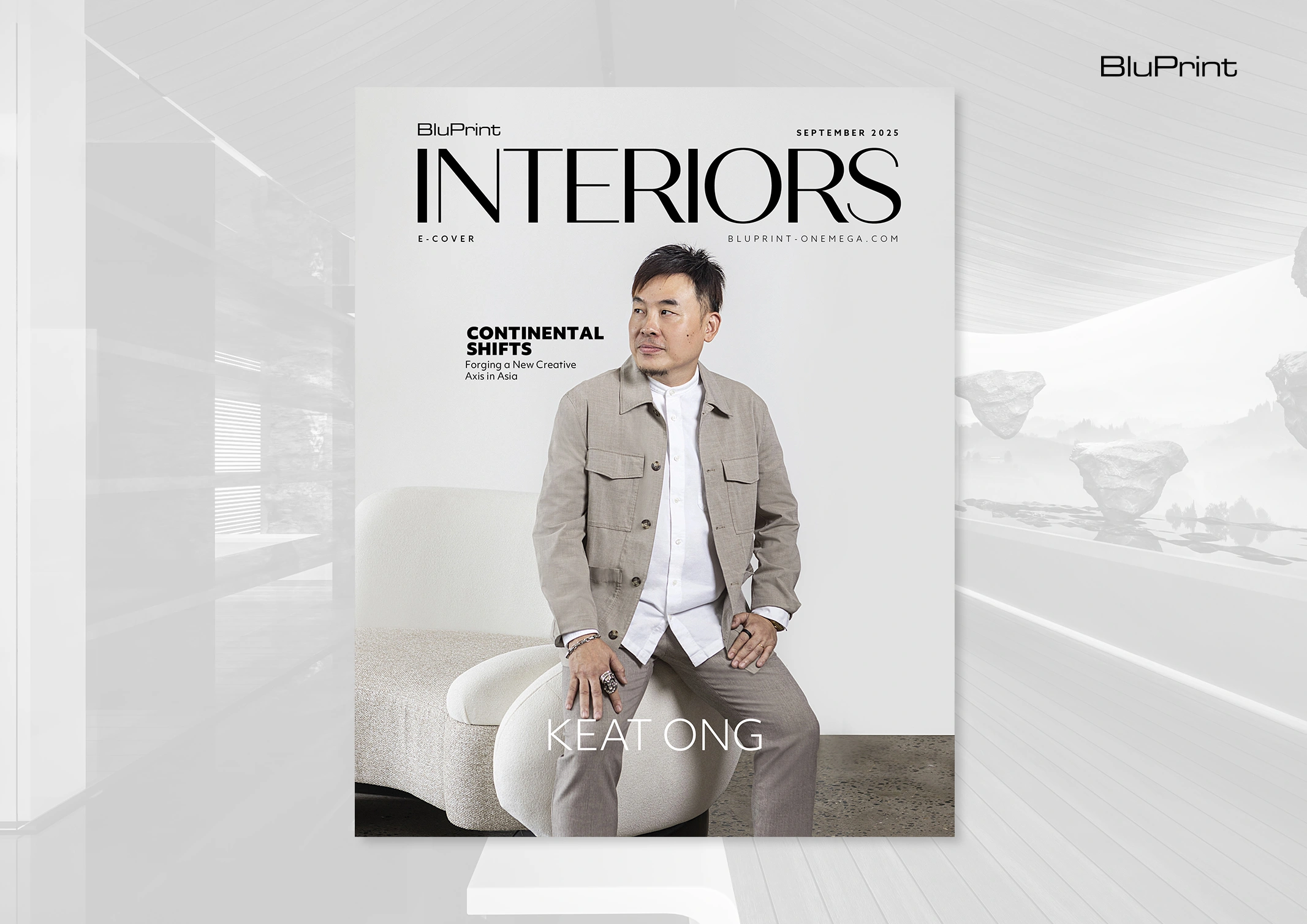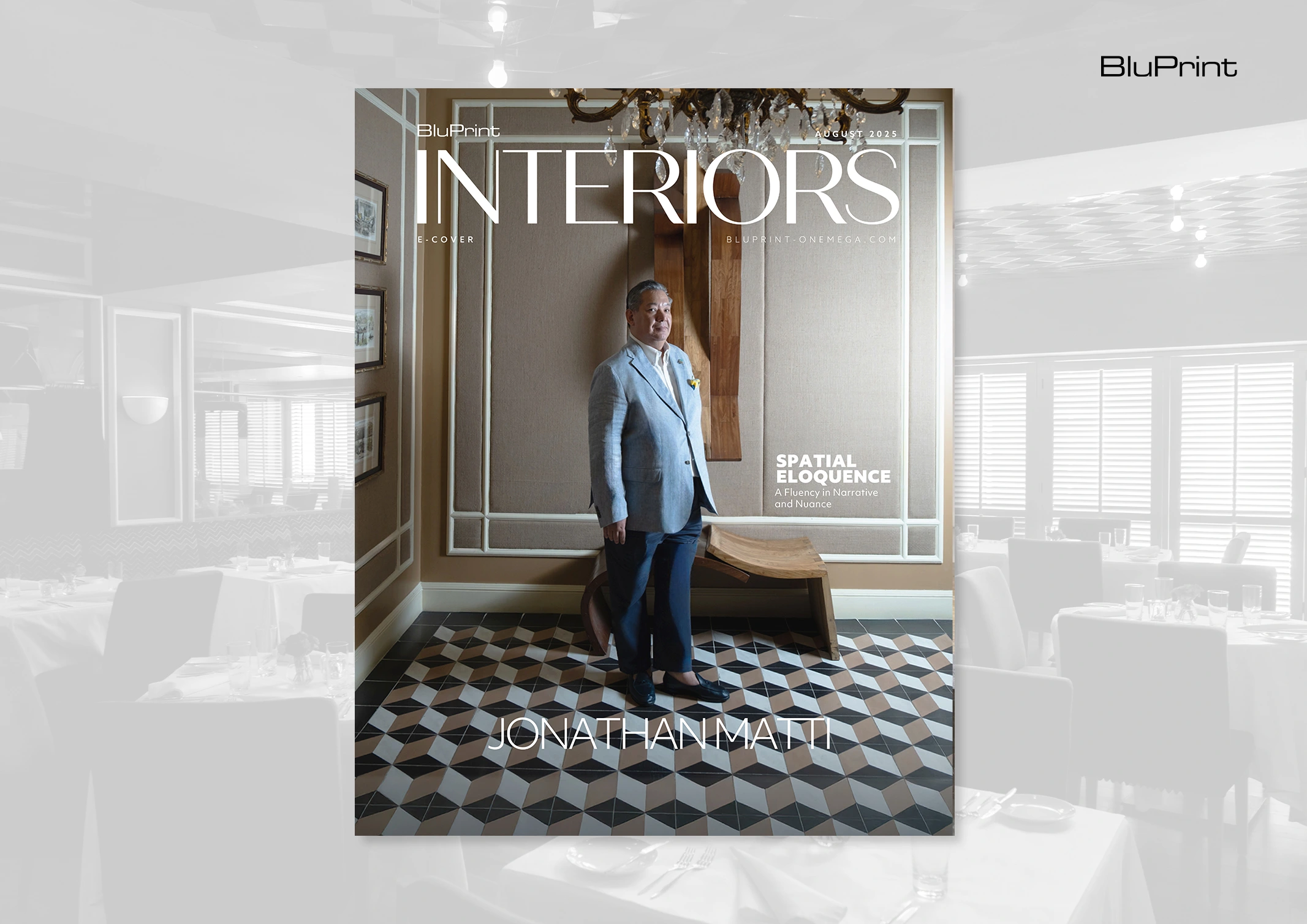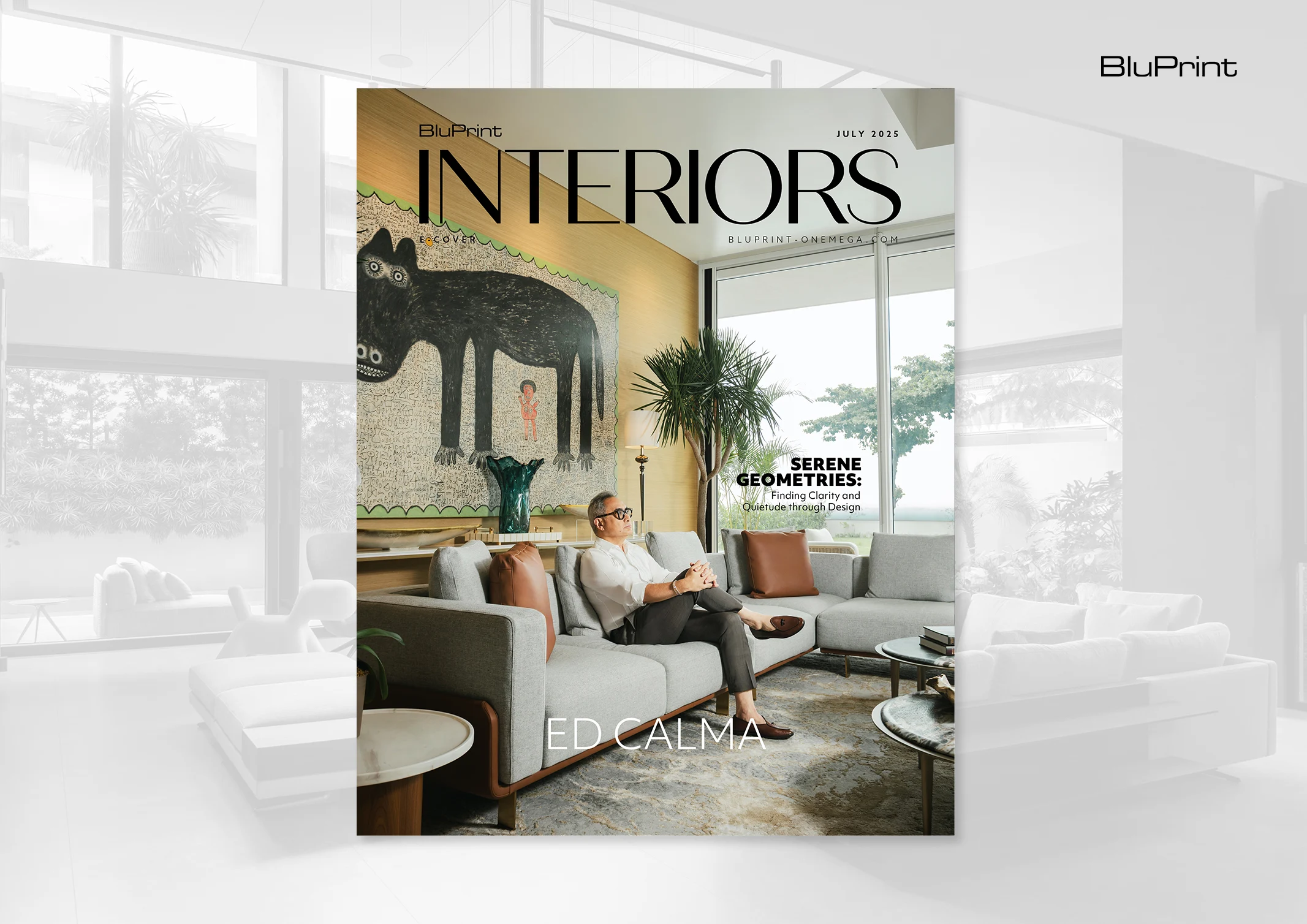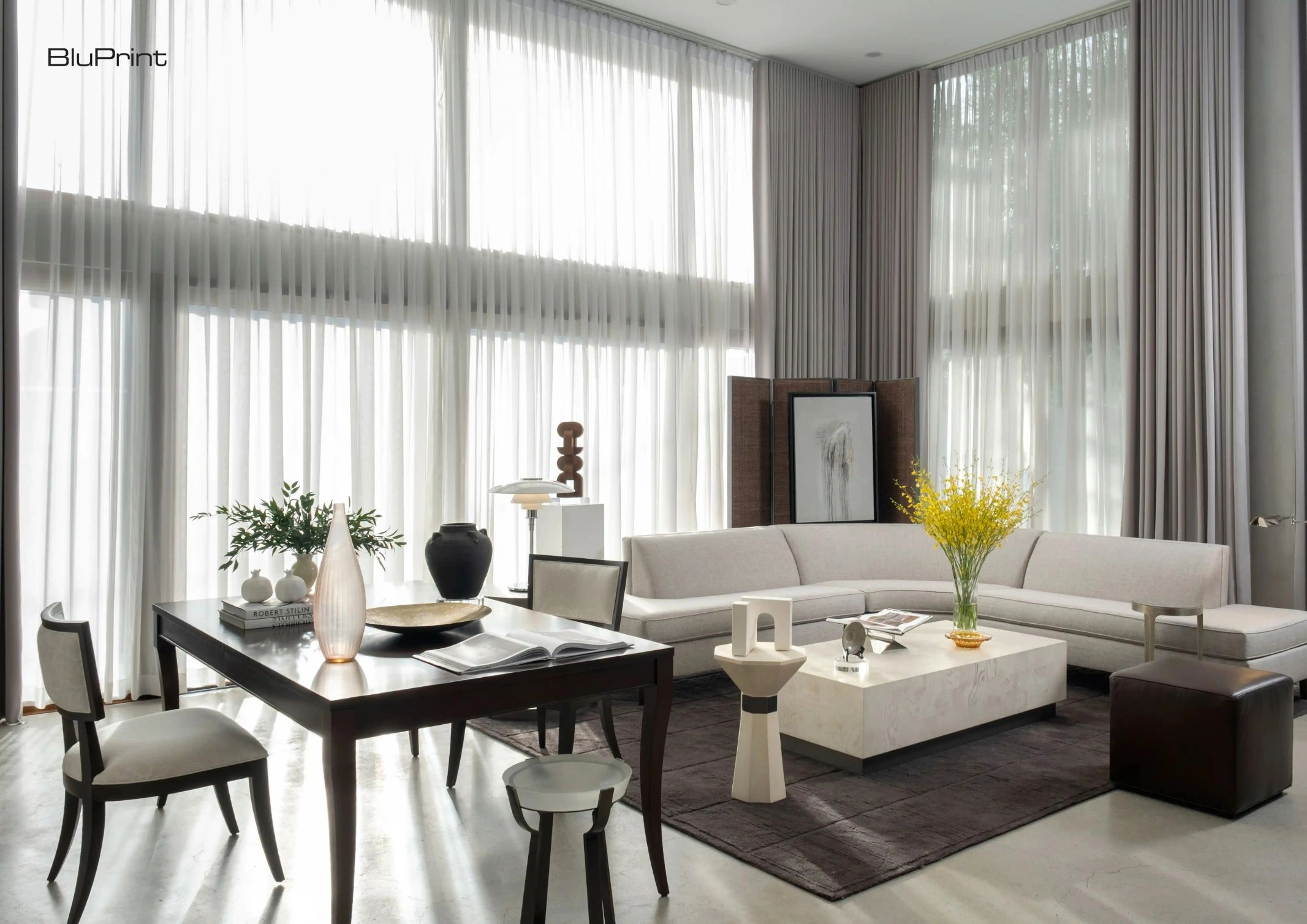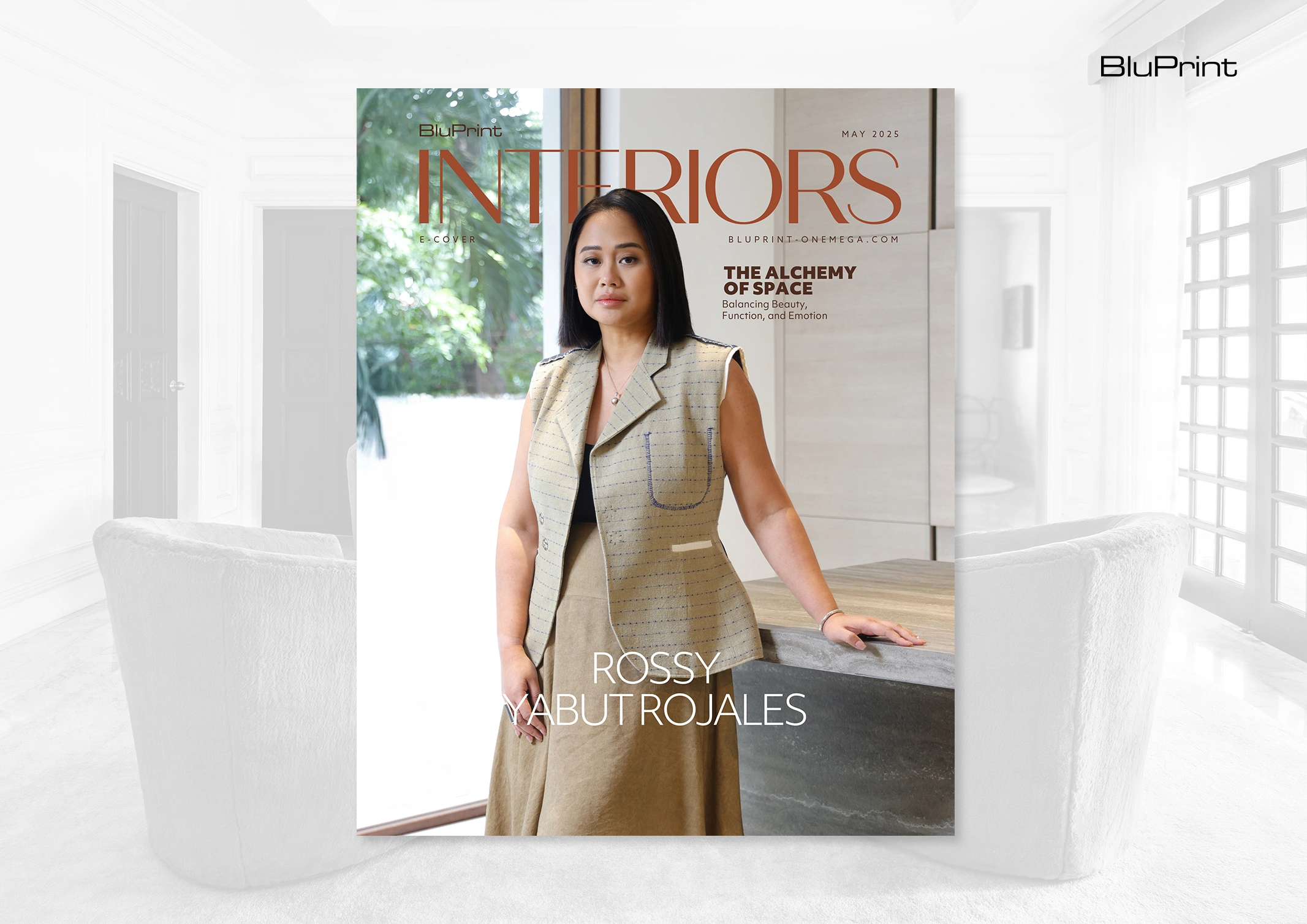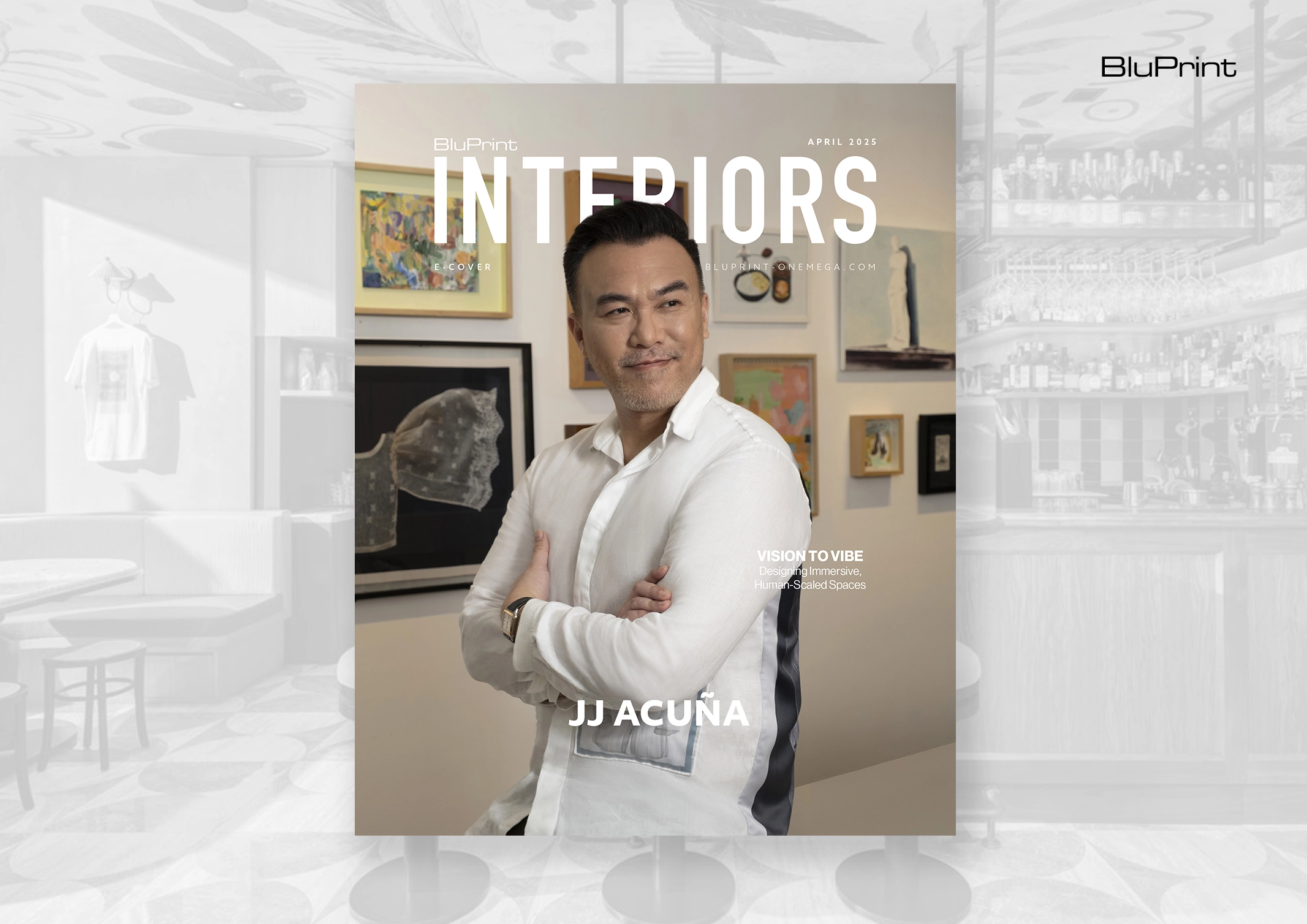In the discourse of design, few figures manage to master both the creative and commercial realms with equal authority. For over a quarter-century, Professor Keat Ong has not just built a portfolio of award-winning projects; he has architected the very profession itself. As a creative director, a tireless advocate, and an educator, Ong has become […]
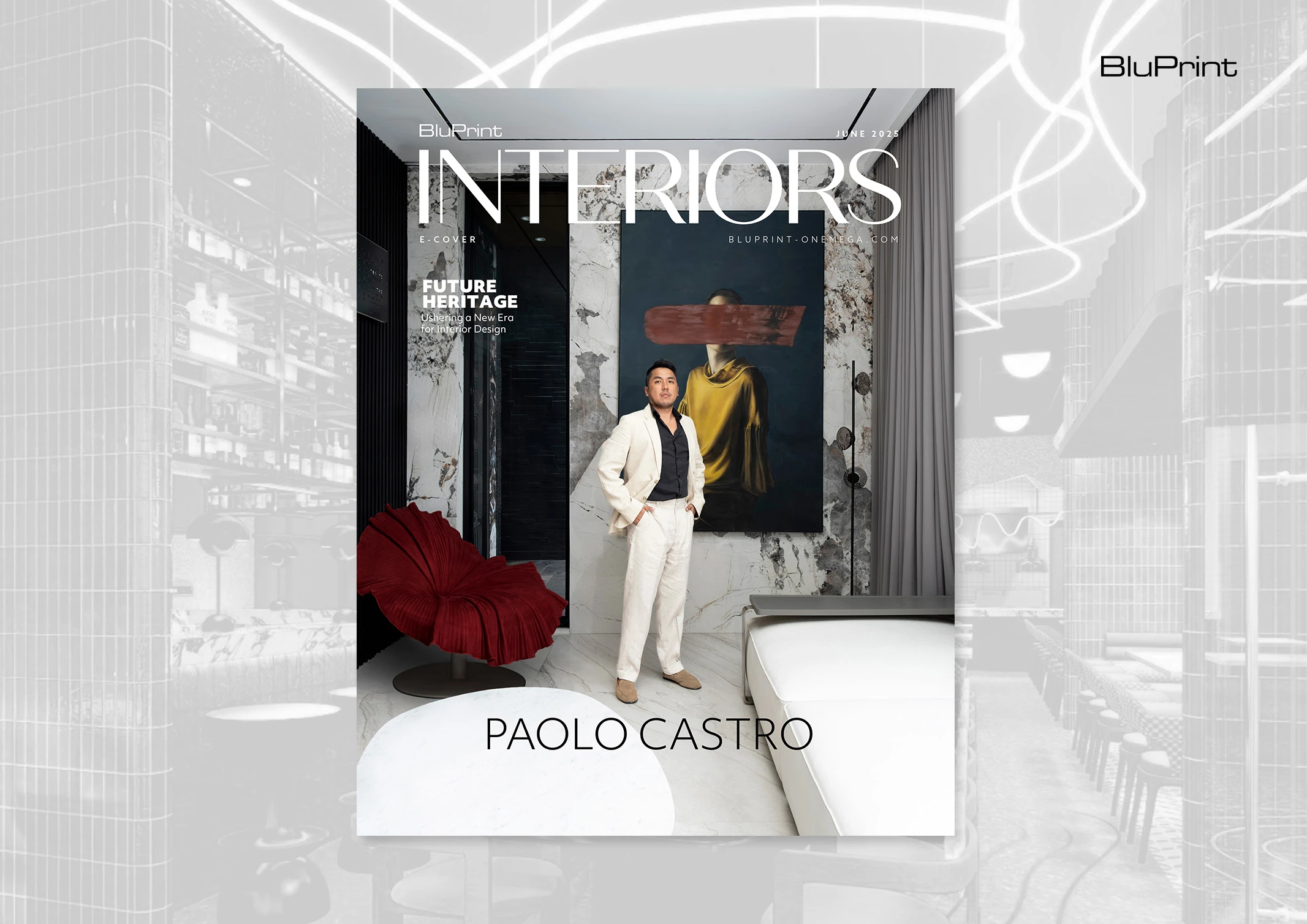
Paolo Castro: Ushering a New Era for Interior Design
Interior Designer Paolo Castro embodies a dual mission. He crafts immersive environments through his private practice while championing the legitimacy and advancement of his profession on a global stage. His approach departs from the conventional. Where some see walls and furniture, Castro envisions a stage for human experience. Where others follow the transient dictates of style blogs, he mines the rich, personal territories of memory and story.

This movement discards fleeting trends and opulent displays for a profound shift toward design rooted in narrative, sensory experience, and professional integrity. As the National President of the Philippine Institute of Interior Designers (PIID) and the Principal Designer of Bespoke 88 Interior Design + Branding, he looks to redefine the public perception of his field and lay the foundation for the future of Philippine design.
A Philosophy of Sensory Storytelling
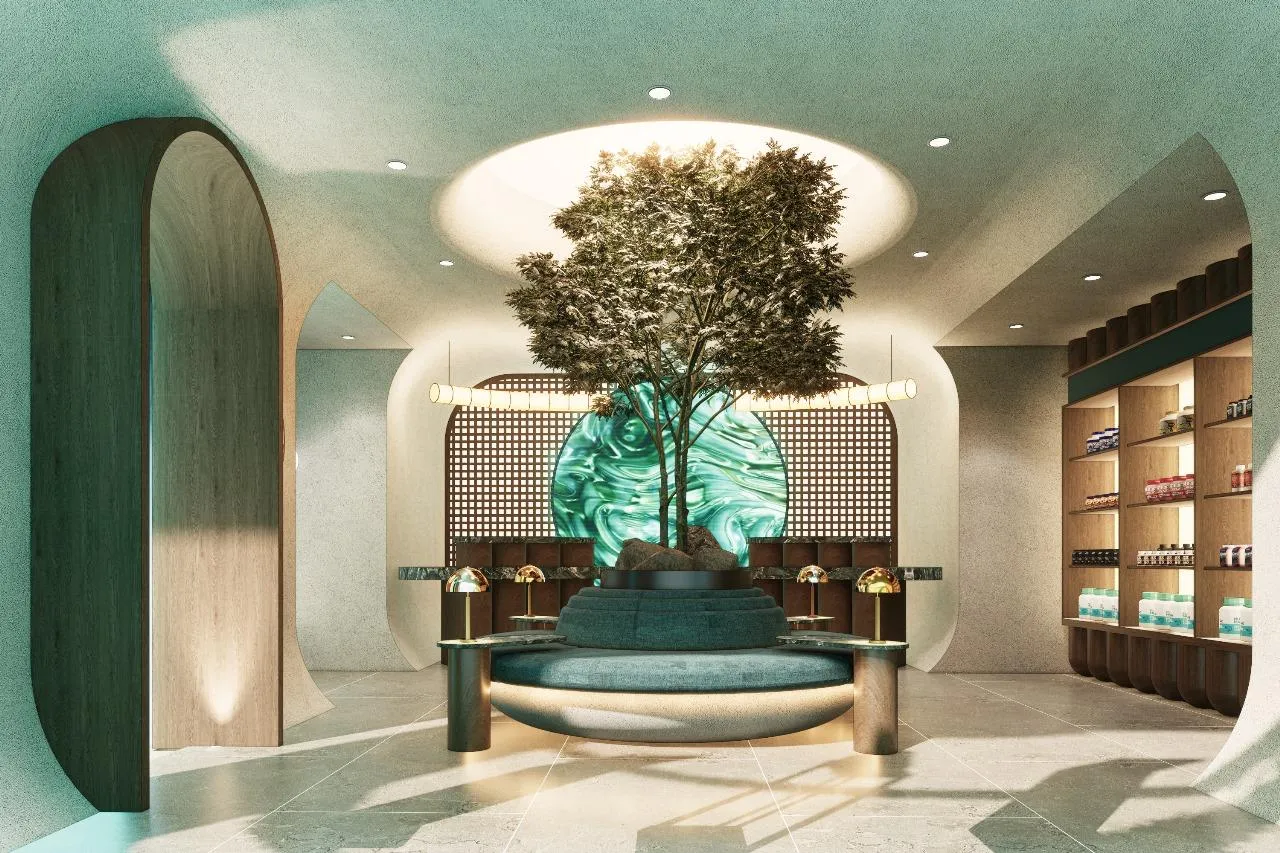
Long before he chooses a single material or draws a floor plan, Paolo Castro’s design process begins with a conversation about feeling. His philosophy grounds itself in the belief that a truly memorable space transcends the visual, creating a dialogue with all five senses to forge a lasting emotional connection. He believes that the most successful interiors demand holistic experience that leaves a palpable and distinct imprint on those who move through it.
This principle serves as the cornerstone of his practice. “When you go to a space or a restaurant, you have to have all your senses [engaged] to remember your experience,” Castro explains. “People go to a restaurant to experience it with their families or even alone, but they have to remember that they were there. All your senses should be working and should be interconnected.”
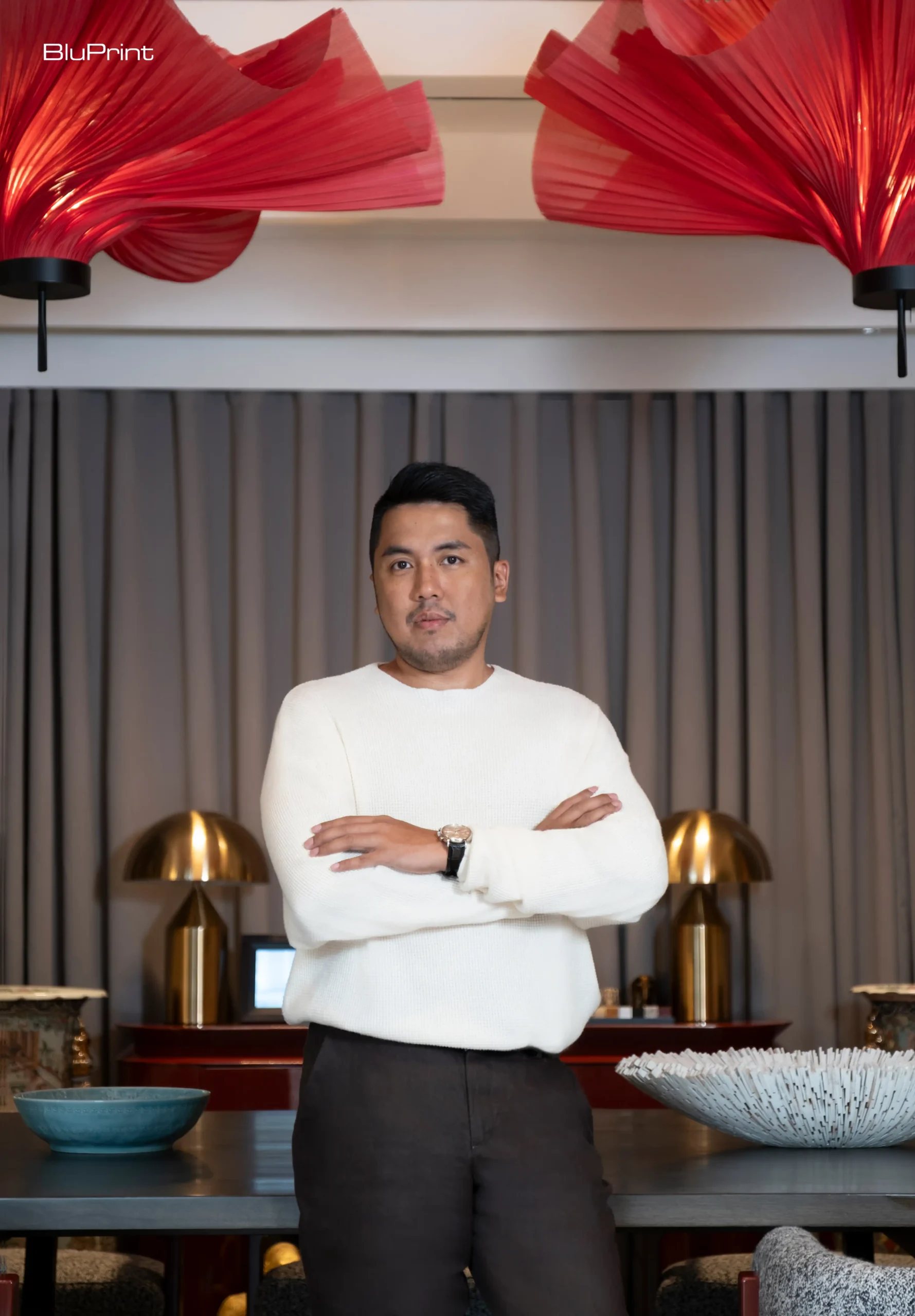
To achieve this, he employs an almost synesthetic approach with clients. Instead of asking for visual references, he might inquire about the music you’d hear in a space to define otherwise abstract terms. If a client mentions an artist like Michael Bublé, for example, the associated feeling—both classy and fun—becomes immediately clear, providing a more precise emotional directive.
Similarly, a scent, be it the crispness of nature or the warmth of old books, can serve as the conceptual anchor for an entire project. Castro posits that by starting with these sensory inputs, a designer can more effectively conceptualize the space and understand the specific clientele it aims to attract.
This sensory-driven approach intrinsically links to his stance against trend-based design. For Castro, relying on what is momentarily popular is a creative dead end. Trends, by their very nature, are ephemeral, and spaces built on them are destined for obsolescence.
Story-Driven Design
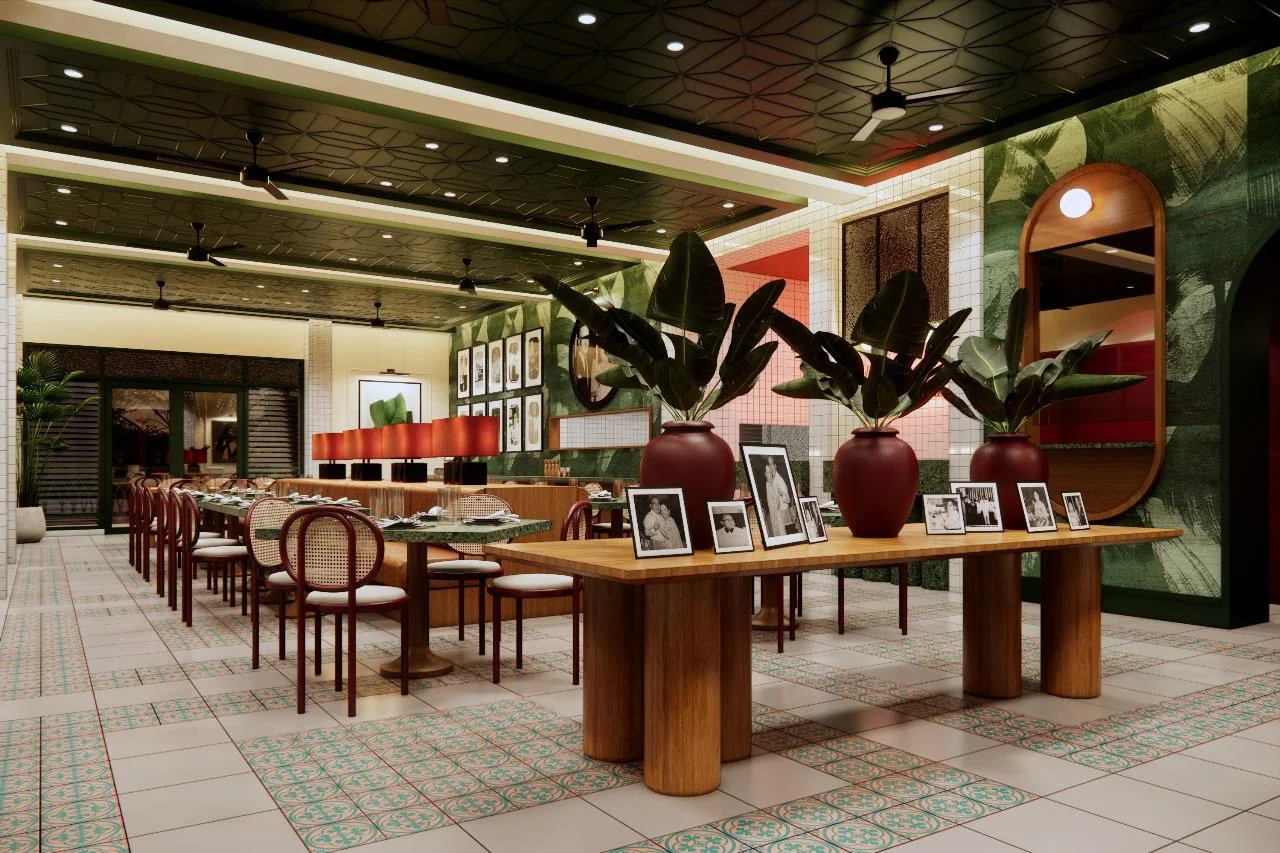
A story, however, is timeless. This conviction forms the second pillar of his design philosophy: the power of a personal narrative. “That’s the big difference if you create a concept out of your story versus if you get your concept from a trend,” Castro asserts. “After two years, or sometimes after a year, you have to keep up. But if you design your space from a story, a personal one, that story is something that no one can have. That will make it timeless.”
This commitment to narrative takes on a deeply collaborative nature. Here, Castro emphasizes that the designer’s role shifts from a singular author to an expert guide, tasked with skillfully translating a client’s history, passions, and identity into a three-dimensional, livable form. He believes the most successful outcome is a realization of their vision, inviting curiosity and fostering a deeper connection.
Each project must stand as a unique creation, immune to the homogenizing influence of algorithms and fleeting fashions. But a space designed around a story will still have its tale to tell. “People will come in and ask, ‘Why is it designed like this?’ Because this is the story,” he explains. “Every time someone hears it, it’s very interesting. After twenty years, to say ‘This is like this because it was a trend twenty years ago’… it’s kind of boring, right? Story is what makes it make sense.”
A Steady Ascent
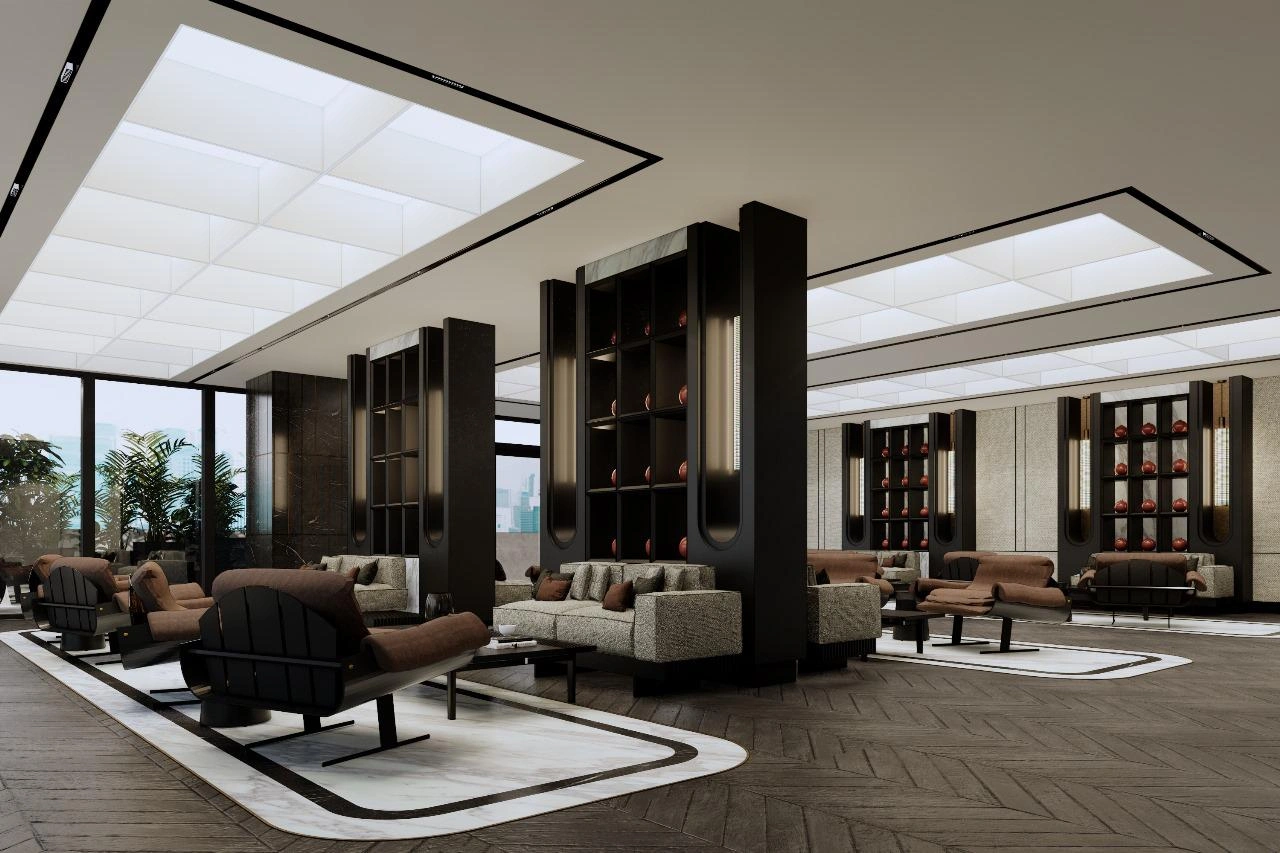
Paolo Castro’s journey to becoming one of the country’s leading design voices took a path shaped by formative professional experiences and the crucible of entrepreneurship. He started his career at the prestigious firm Jonathan O. Gan + Associates, where he dove headfirst into the industry’s deep end, designing high-rises. This initial experience was invaluable, exposing him to the scale and complexity of massive projects. It instilled a deep understanding of the technical coordination required to bring ambitious architectural visions to life.
After earning his professional license in Interior Design, he moved to Nazareno + Guerrero Design Consultancy. There, he broke new ground as the firm’s first-ever interior designer, shifting his focus to crafting high-end residences. The role allowed him to hone his skills on a more intimate scale, mastering the nuances of creating personal sanctuaries for discerning clients.


However, at the young age of 22, he took a leap of faith and began taking on freelance work, a move he describes as “starting from scratch.” This was the genesis of his own practice, Bespoke 88. The transition was abrupt and challenging, especially in a field where experience is currency. He faced skepticism from potential clients who hesitated to entrust significant projects to a young designer.
But despite these preconceptions, his confidence never wavered. He took on smaller projects and poured his full creative energy into each one, allowing the quality of the work to speak for itself. “I was confident,” he states. “And then it started growing, one client to another client to another client. That’s actually where it started.”
Through this steady, client-by-client growth, he discovered a natural affinity for hospitality projects, particularly restaurants. This specialization was a natural convergence of his design philosophy and the demands of these spaces. Designing restaurants allowed him to fully explore his passion for creating immersive, multi-sensory experiences. These projects solidified his reputation and became the practical foundation upon which he could fully realize his philosophical ideals.
Leadership, Advocacy, and Nation-Building
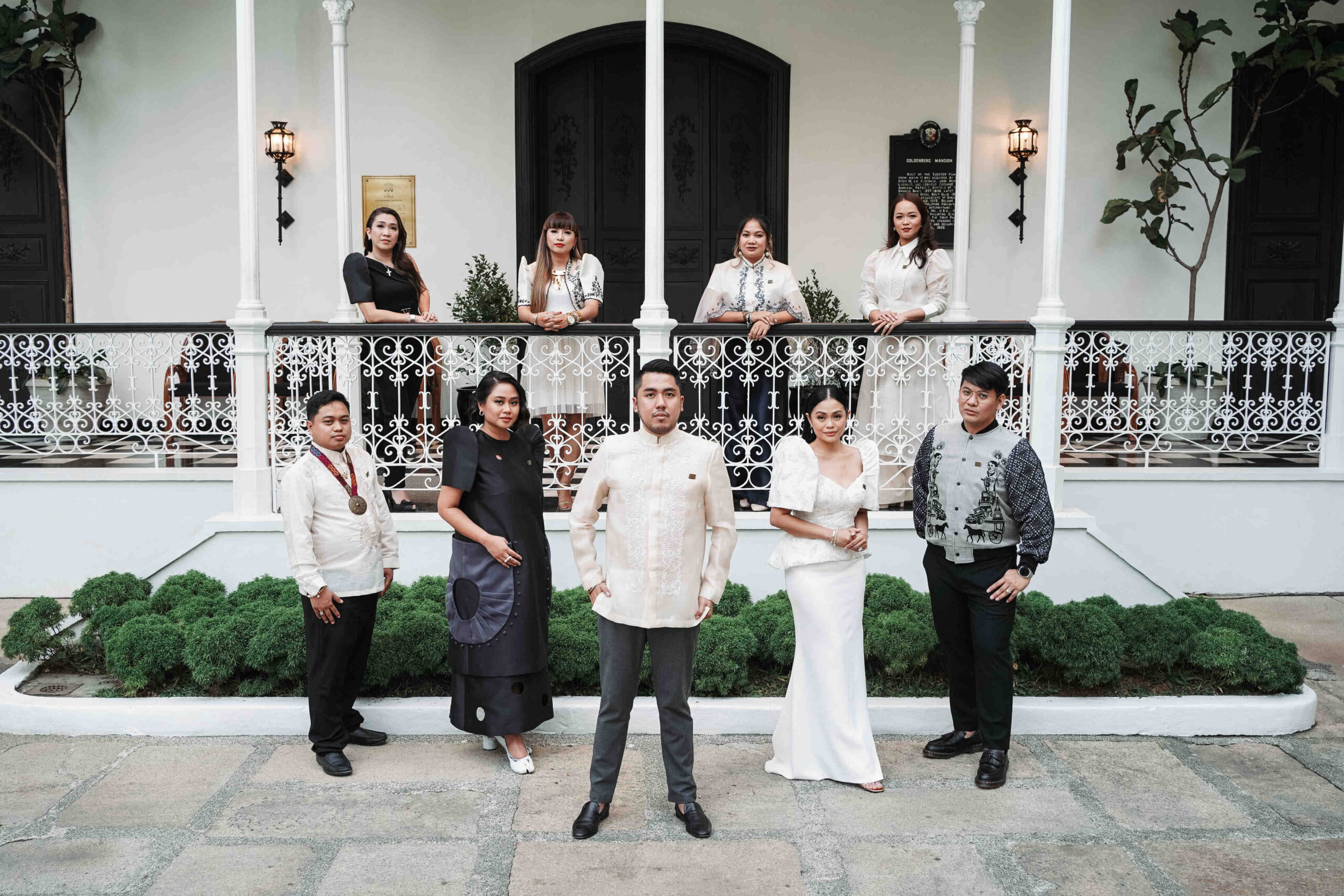
Paolo Castro’s work with Bespoke 88 established his credentials as a creative force. But his leadership at the Philippine Institute of Interior Designers (PIID) cements his role as a transformative figure for the industry. As National President, he steered the organization through a period of profound growth and heightened recognition.
His central mission focuses on fortifying the professional standing of interior designers in the Philippines. He vocally advocates for the Philippine Interior Design Act of 2012 (R.A. 10350), a landmark law that officially recognizes interior design as a licensed and regulated profession, distinct from architecture and engineering.
For Castro, this is not a matter of semantics but of public safety, accountability, and professional respect. He emphasizes that interior design is a discipline rooted in science and accuracy. The profession, he explains, deals with precise measurements ultimately responsible for shaping the human experience within a space.
The ability for a licensed interior designer to sign and seal their own plans—a right secured by the law—is a critical marker of this professionalism because it signifies liability. “That speaks a lot of difference between an interior designer and a decorator,” he explains. “When we design, we need to make spaces comfortable for you. So we’re liable in creating those spaces. If it’s not comfortable, if it’s not based on the standard of human factors, then we fail as a designer.”
Legal accountability, he argues, draws the clear line that defines the profession’s boundaries and responsibilities. Under his guidance, PIID intensified its efforts to educate the public and government bodies on this distinction. He holds a vision to normalize hiring interior designers as people become more aware of what they bring to the table.
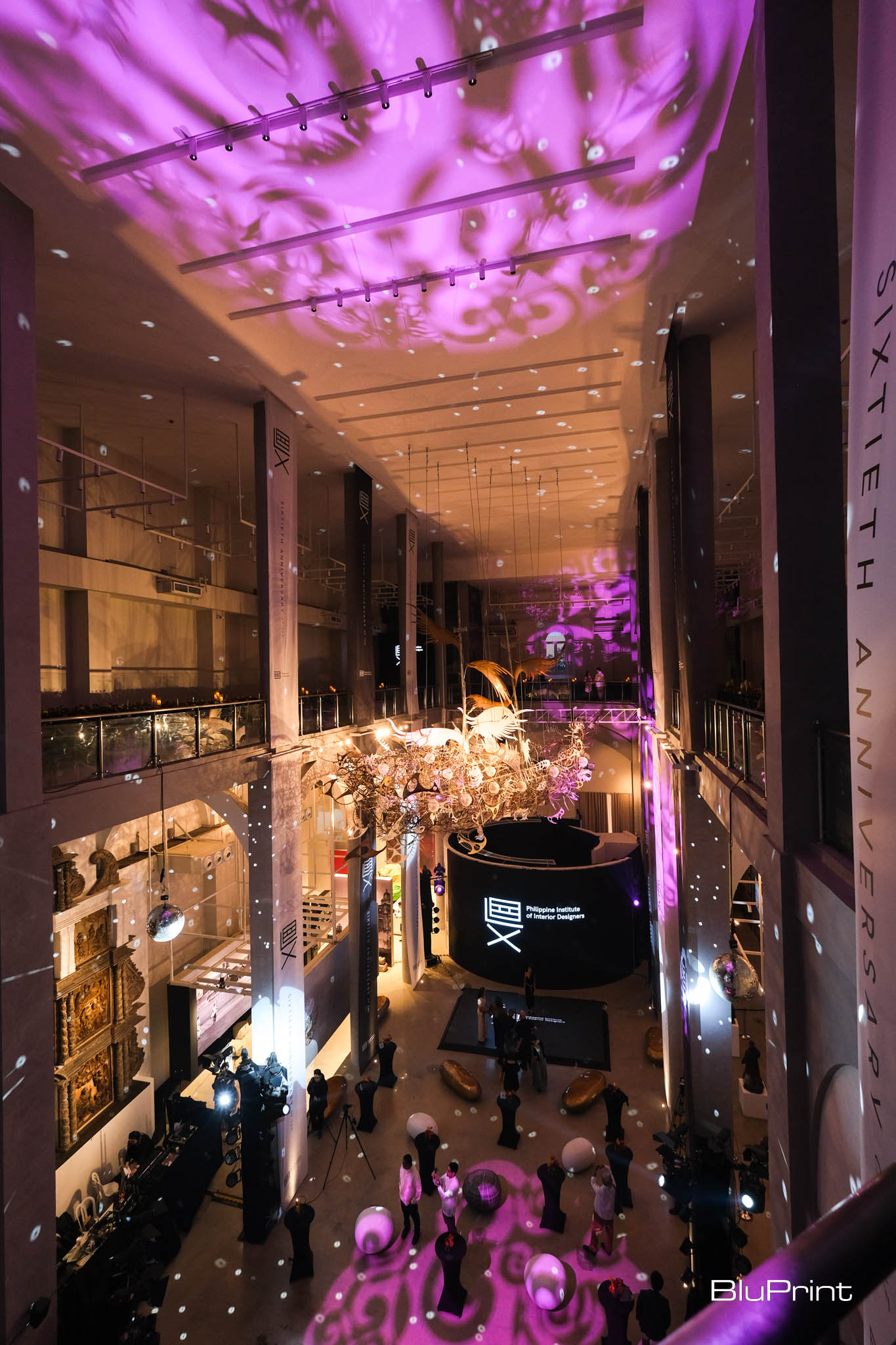
This advocacy found powerful expression in a project of national significance: the rehabilitation of the historic San Ignacio Church. The initiative was a clear statement, transforming the ruins in Intramuros into the Centro de Turismo. Presiding over this project alongside PIID Vice President IDr. Cyndi Fernandez-Beltran, IDr. Rossy Yabut, IDr. Cecil Ravelas, IDr. Jonathan Matti, IDr. Mary Ann Bulanadi, and Architect Nikki Tayag, it demonstrated the indispensable role of interior design in nation-building. In partnership with the government and First Lady Liza Araneta-Marcos, PIID undertook the delicate task of turning a sacred relic into a modern museum and events space; a dance between preservation and adaptive reuse.
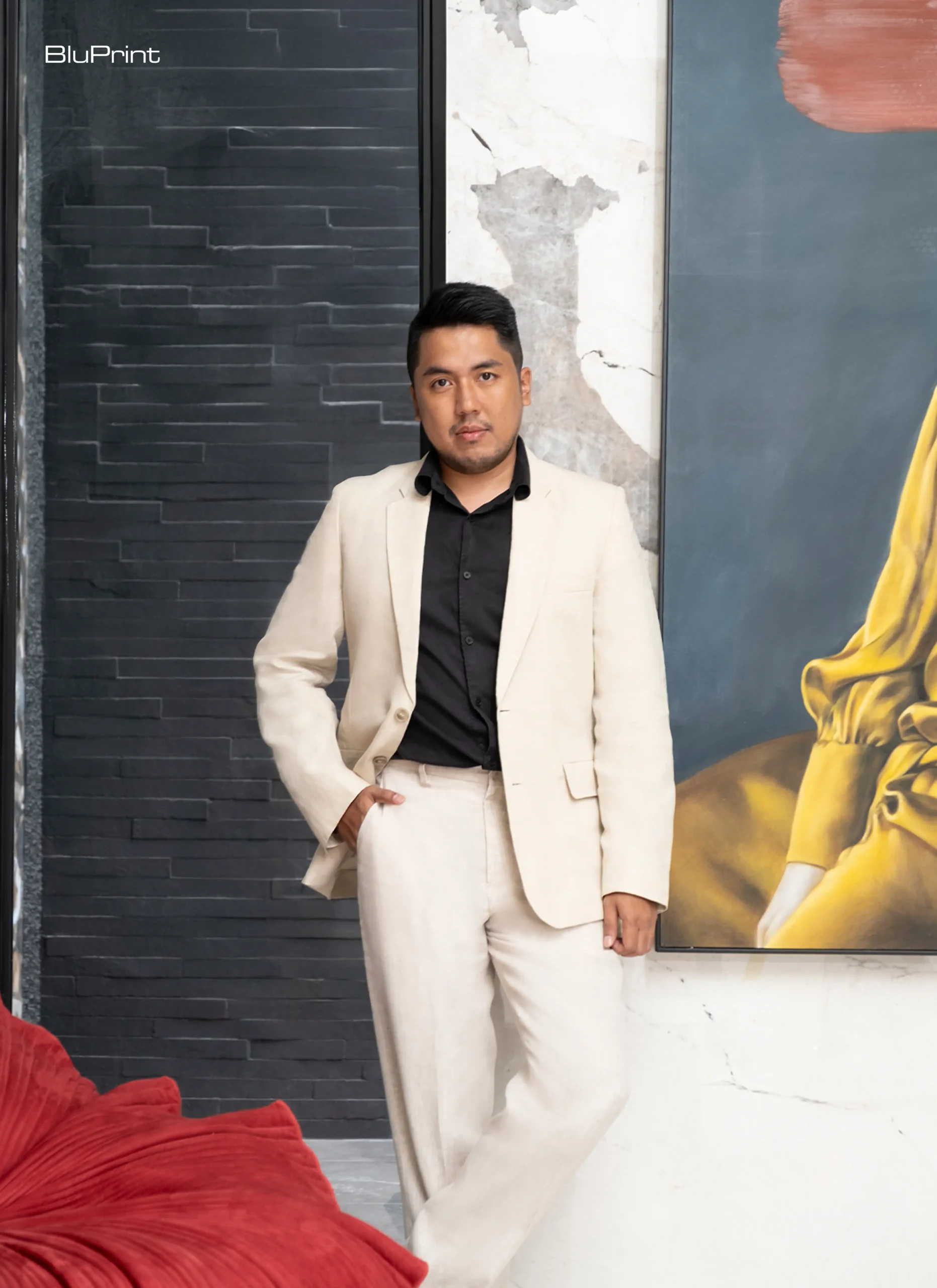
The Centro de Turismo now serves as a showcase of PIID’s expertise and a testament to Castro’s vision of designers as integral partners in shaping the country’s cultural landscape. “We showed that interior designers have a big role, especially in nation-building,” he says with pride.
“The moment you wake up in the morning, you are inside a space,” he posits, arguing that interior design has a direct, functional impact across various environments. For instance, designers can structure schools to make students more active. In hospitals, they understand the specific factors needed to make the space more efficient and improve health and safety. Similarly, in offices, certain design elements can be applied to make workers more productive.
The Centro de Turismo physically manifests this argument, proving that thoughtful interior design can breathe new life into heritage sites, stimulate tourism, and contribute to the national identity. This success opened doors for further government collaborations, with PIID now working with departments to standardize designs for public projects across the country.
A Human-Led, Tech-Assisted Future
Looking ahead, Paolo Castro envisions a future for Philippine interior design that is conceptually rich, technologically adept, and globally competitive. At the same time, it remains deeply rooted in a unique cultural identity. He views the future with a sense of strategic adaptation and boundless opportunity. He is particularly articulate about the role of technology, specifically artificial intelligence, which many creatives view with apprehension.

Castro sees AI as a powerful democratizing tool that will separate those who can innovate from those who cannot. “It’s a very interesting question,” he muses. “AI won’t replace designers. Instead, AI will replace designers who don’t know how to use AI.” In his view, the machine acts as an assistant, not a creator. It can streamline tedious tasks and process vast amounts of data, but it fundamentally lacks the one thing that gives design its soul: emotional intelligence.
“That’s what a human has,” he states. “Whenever we design, we create a story. That’s something that is very personal, something from your past… AI can’t have your experience and your emotions.”

He imagines AI as a partner in the creative process, a tool that can “arrange” ideas or generate options, but always under the direction of a human mind. It can handle the technical schematics—the mechanical, electrical, and plumbing systems—freeing the designer to focus on the higher-order tasks of conceptualization and storytelling.
In addition, he also advocates for the adoption of powerful technologies reshaping the industry, most notably Building Information Modeling (BIM). BIM, as a collaborative ecosystem, breaks down the traditional silos between professions. Encouraging the mastery of BIM is a crucial part of advancing the profession, enhancing technical accuracy, reducing costly on-site errors, and solidifying the interior designer’s role as an indispensable, data-savvy partner in any major construction project.
A Future Forged in Filipino Soul
Parallel to this technological evolution is his passion for defining and celebrating the Filipino design identity. He acknowledges that pinning down a single “style” is difficult, but he finds its essence in the national character. “We realized that Filipino design is found in the behavior of the people,” he observes.
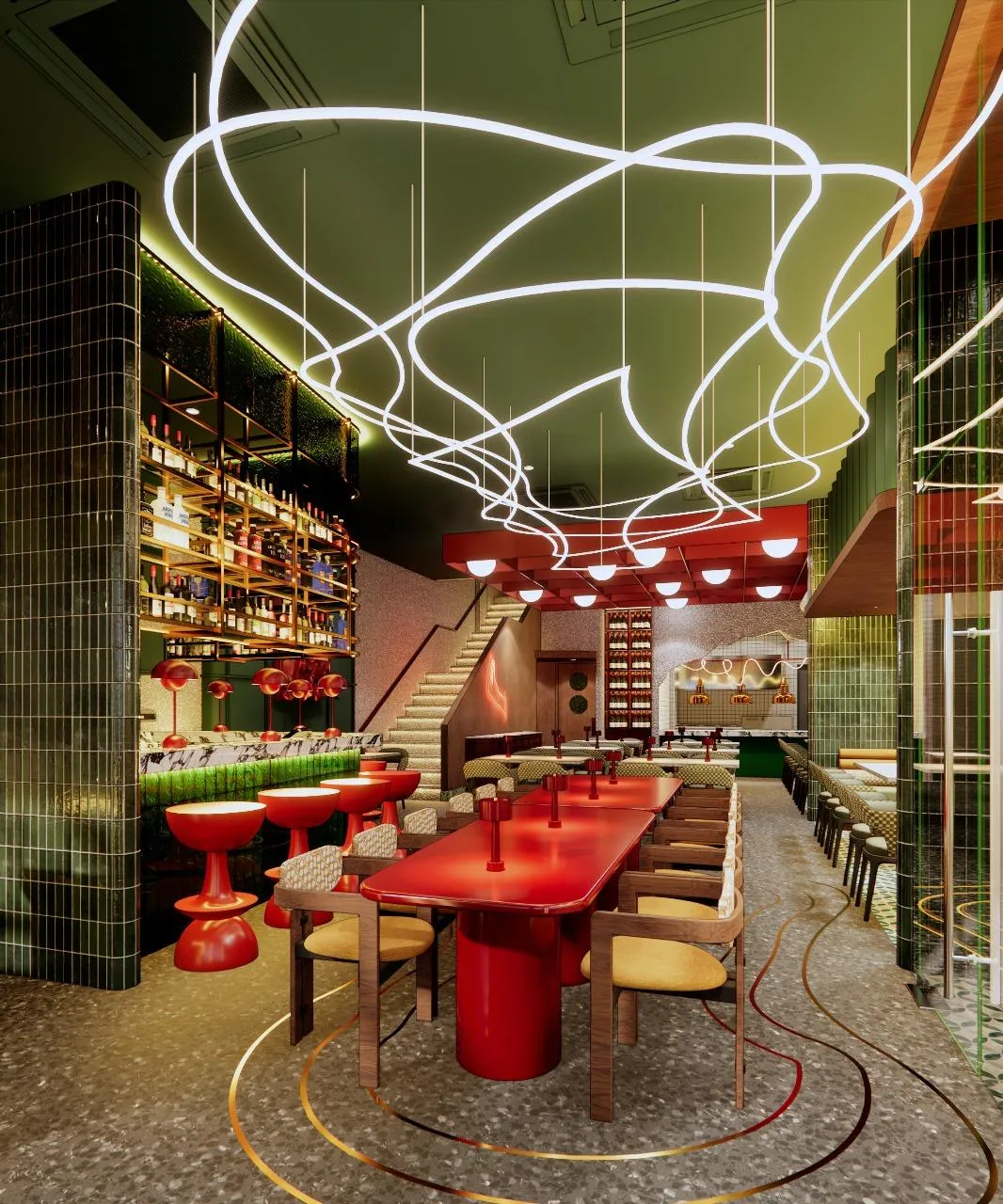


He points to the inherent sentimentality of Filipinos, who imbue their spaces with personal history. He observes that Filipinos tend to keep things, which can result in a form of maximalism where every item holds a story. This turns a Filipino home into a living museum of souvenirs, heirlooms, and religious artifacts, where each object holds a memory. He suggests this tendency toward narrative-rich maximalism is a core trait of the national character.
This unique identity, combined with a natural adaptability honed by centuries of cultural exchange, gives Filipino designers a distinct advantage on the world stage. “Filipino designers can easily adapt because that’s our nature,” he notes. His leadership at PIID has reinforced this, with the organization taking an active role in global bodies like the Asia Pacific Space Designers Association (APSDA). He proudly points out that the Philippines is among the most advanced nations in the Asia-Pacific in terms of professional recognition, with an independent, government-regulated profession that many other countries are still striving for.

Ultimately, the era now unfolding in Philippine design, championed by leaders like Paolo Castro and his contemporaries at PIID, represents a revolution in practice. It’s a tireless movement for the professional legitimacy and recognition that gives designers the mandate to build a stronger nation. By proving their value through rigorous standards and a commitment to the public good, the design community earns the trust to tell the country’s most important stories.
Project images provided by Bespoke 88.
Photographer: Ed Simon
Hair and Make Up: Cats del Rosario
Sittings Editor: Geewel Fuster
Managing Editor: Katherine Lopez
Shoot Coordinator: Mae Talaid
